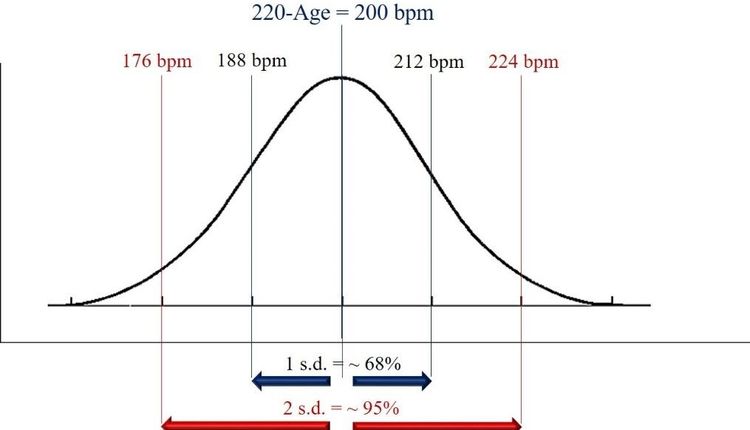Companies, desperate to slice fat from their budgets during this recession, increasingly are targeting workplace wellness programs.
Smoking cessation and weight-loss programs are among those being considered for the chopping block, says Laurel Pickering, executive director of the New York Business Group on Health, a coalition representing employers on health benefit issues.
“When (companies) are looking for something to cut, and the CFO comes to the HR people and says, “Why should we keep this program?’ it’s difficult for the HR person to say, “It’s important,’ “ Pickering says.
A big problem: It can take years to analyze the impact of these programs, and even then, the return on investment isn’t always clear.
The attack on such programs comes even as political power players, benefits officers and top health care academics aggressively tout workplace wellness as a way to boost productivity and reduce health care costs.
Just last month, President Obama hosted a wellness gathering at the White House with top company executives, as well as union and public health officials, to learn more about such initiatives. He deemed the confab the start of an “ongoing process,” and his advisers have already had a follow-up meeting with corporate and academic experts on the topic.
Other governmental leaders also have latched onto the issue. For instance, a bill making its way through the Senate would give tax credits to firms that offer wellness programs.
But even with all the high-profile attention, some companies have had to revamp those initiatives in the quest for healthier bottom lines.
Pfizer, dealing with the sour economy and a corporate restructuring, scaled back on the monetary incentives it offers employees to participate in its wellness program, says Janet Rodriguez, a senior manager at the company.
A Strong History
Faced with the uncertainty of what shape the health care overhaul will take and with health care expenses rising more than 6 percent a year, companies aren’t willing to completely abandon wellness.
Pfizer, for instance, didn’t cut the number of programs it offered, just the amount it gives to employees who participate.
One-third of employers said they had such programs in an August MetLife survey. That’s up from just over a quarter in 2005.
Big firms are almost all self-insured for health insurance plans and, therefore, pay for employees’ health care costs from their own coffers. Slightly more than 60 percent of companies with 10,000 or more employees said they had a wellness program in 2008, up from 47 percent in 2005, according to the MetLife survey. In 2008, the median health care cost per employee was $7,173, according to a survey by human resources consultants Watson Wyatt and employer coalition National Business Group on Health.
Keeping healthy employees fit - and productive - is vitally important to a company’s success, says Dee Edington, director of Michigan’s Health Management Research Center. The cost of an ailing worker goes beyond just medical expenses, he says. There’s also the monetary cost of paying for disability leave, as well as the strain on productivity if an ill person isn’t effective at work.
While some employees are enthusiastic about wellness programs, many are sitting on the sidelines. “A big issue is getting noticed and getting employees to participate,” says LuAnn Heinen, National Business Group on Health vice president.
Workers - stressed by the economic downturn - are often more focused on work and finances than eating right and exercising.
Nearly half of employees surveyed by the National Business Group on Health in July said work demands prevent them from having a healthier life. That poll was taken before the full brunt of the economic downturn was felt.
Almost 60 percent of those surveyed by the American Heart Association in March said the economy has affected their ability to take care of their health. Many are delaying preventive-care appointments, not taking medications, skipping the dentist or canceling gym memberships.
To boost buy-in, companies are offering perks that include everything from gift certificates to discounts on their insurance premiums.
They’re also penalizing folks.
In 2008 PepsiCo introduced a $600 surcharge for smokers. It already offered a smoking-cessation program, but that year, it enhanced it by adding nicotine-replacement therapy such as patches and gum. “The combination of those two elements led to a tenfold increase in participation and increased the quit rate from 20 percent to 34 percent in 2008 over 2007,” says Greg Heaslip, benefits vice president.
The incentive of cold hard cash worked at IBM. Its offer of a rebate of up to $300 a year “got everyone’s attention” and helped to ramp up participation in its programs, Young says.
News release provided by USA Today. Visit www.USAtoday.com for more headlines.







